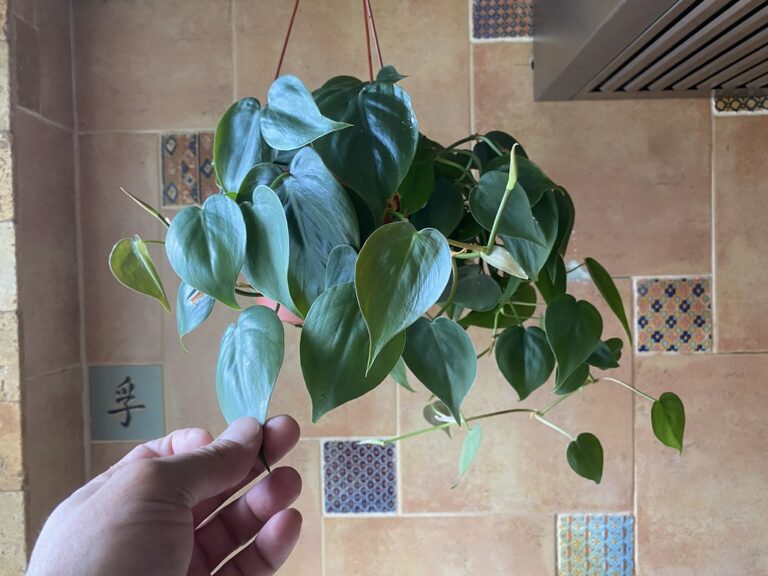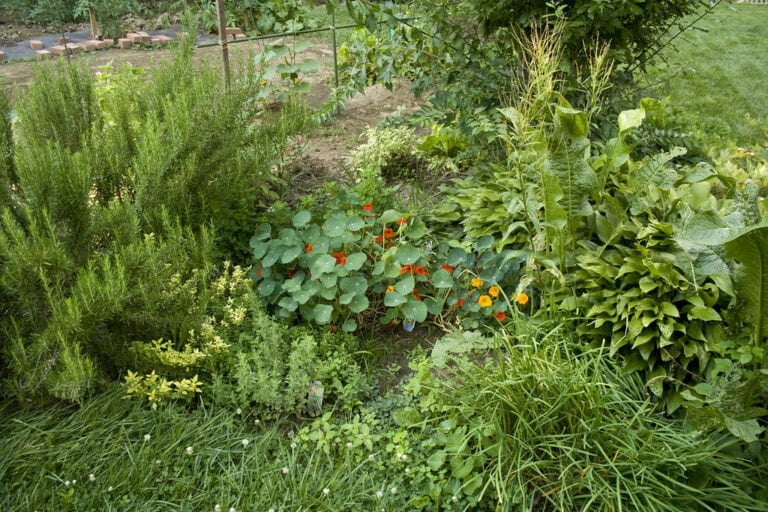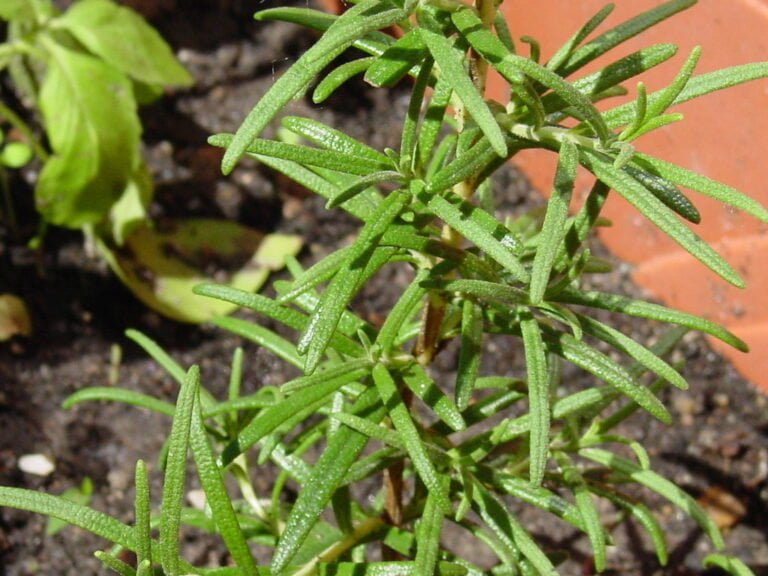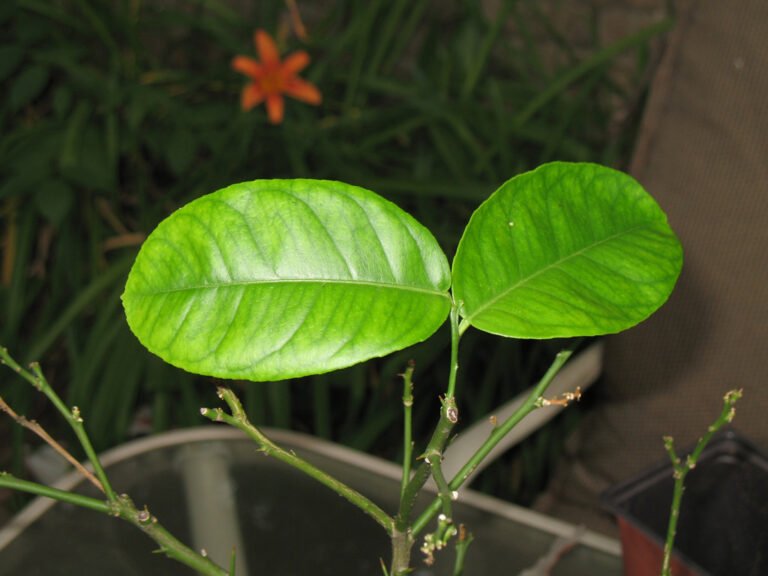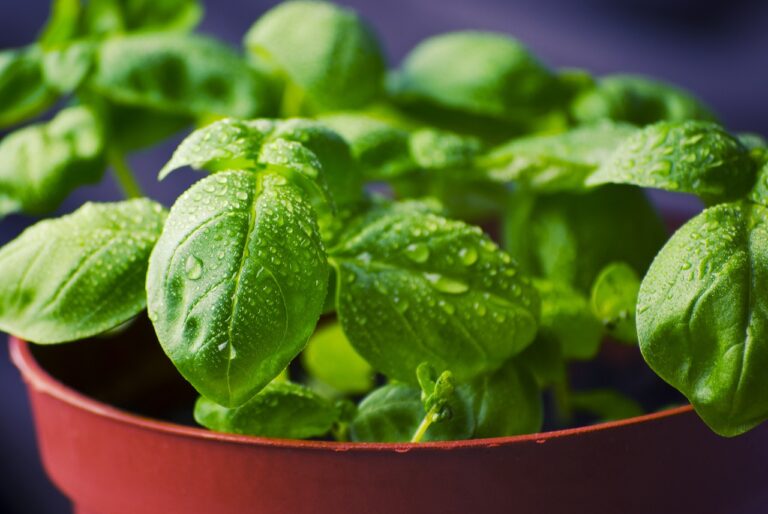Step-by-Step Guide on Pruning Dill
When pruning dill, start when it’s 8 inches tall for best results. I prune early to boost bushiness and foliage growth. Timing is key to prevent energy going to flowers. Avoid heavy pruning for plant health. Proper techniques improve flavor and vitality. Regular pruning means bushier plants and more leaves. Trim strategically to avoid top-heaviness. Shape dill for neatness. Keep a balance for maximum yield. Watch for post-pruning issues like stress or pests. Act immediately against aphids or caterpillars if needed. Adjust care for recovery. Guarantee sunlight and nutrients for growth. Pruning dill correctly is essential for a thriving herb garden.
Timing for Pruning Dill
When managing the trimming of dill, the key factor to consider is the timing of the process to guarantee optimal plant development and health. Dill, a delicate herb known for its feathery leaves and distinct flavor, requires timely pruning to maintain its vitality. Pruning should ideally occur when the dill plant reaches around 8 inches in height. At this stage, the plant is still young and vigorous, making it the perfect time to encourage bushier growth by pinching off the top growth. By pruning dill before it starts flowering, you redirect the plant’s energy towards foliage production rather than seed development. This not only ensures a more bountiful harvest of flavorful leaves but also prevents the plant from becoming leggy and unmanageable.
As dill flowers, it shifts its focus from leaf production to seed formation. While dill seeds are valuable for culinary purposes and for replanting, allowing the plant to go to seed prematurely can hinder its overall growth. Regular pruning helps maintain the plant’s leafy nature, keeping it compact and robust. Additionally, by preventing the plant from flowering too soon, you extend its productive lifespan, as dill plants tend to decline after setting seed. Strategic pruning not only promotes immediate growth but also prolongs the plant’s productivity in the long run.
Best Pruning Practices
In terms of pruning dill, timing is essential for achieving the best results. Using proper techniques is vital for ensuring the plant’s healthy growth. Mastering these practices will help promote bushier foliage and prolong the plant’s productivity.
Timing for Best Results
For best results in trimming dill, it is vital to time the process when the plant reaches 6-8 inches in height, ensuring leaf production is maintained before flowering occurs. Pruning at this stage, during the vegetative growth phase, promotes healthy foliage development and robust plant growth. Timing the pruning correctly is important to prevent the dill plant from channeling its energy into flowering, which can reduce the overall yield of leaves. By evaluating the plant’s growth regularly, one can determine the best timing for pruning to encourage continuous leaf production. It is advisable to avoid heavy pruning, as this could stress the plant and hinder its recovery. Proper timing for pruning supports the health and productivity of the dill plant.
Techniques for Healthy Growth
Regularly employing appropriate pruning techniques is vital for promoting healthy growth and maximizing productivity in dill plants. When it pertains to pruning dill, there are specific practices that can help guarantee ideal plant health and development:
- Prune dill when it reaches 6-8 inches tall to promote bushier growth and discourage early flowering.
- Always use sharp pruning shears to make clean cuts above a leaf joint at a 45-degree angle.
- Avoid cutting more than one third of the plant to allow for healthy recovery and sustained growth.
- Regular pruning throughout the growing season is essential for maintaining plant shape, health, and productivity.
- Adhering to proper pruning techniques improves air circulation, intensifies flavor concentration, and reduces the risk of diseases in dill plants.
Balancing Growth and Harvest
Achieving a harmonious balance between growth and harvest in dill cultivation demands strategic pruning techniques. To maintain this equilibrium, it’s important to prune back dill plants regularly. By doing so, you promote a bushier plant with increased leaf production, which ultimately leads to a more abundant harvest. When you notice the formation of flower buds, it’s a sign that the plant is shifting its energy towards seed production. At this stage, consider pruning to prevent the plant from becoming top-heavy and to redirect its resources back into foliage growth.
Harvesting the seeds is a vital part of dill cultivation, but it’s equally vital to maintain a balance between foliage and seed production. Timing is key when pruning for this purpose. By strategically trimming the plant at the right moments, you can make sure that you are getting the most out of both the foliage and the seeds.
Regular assessment and adjustment of your pruning strategies will help you achieve optimal growth and harvest outcomes. Observing the plant’s development and responding accordingly will enable you to strike the right balance between encouraging lush foliage and ensuring a plentiful seed harvest. Balancing growth and harvest through mindful pruning is a skill that improves with experience and attentiveness.
Shaping for Aesthetic Appeal
When shaping dill for aesthetic appeal, I focus on trimming for neatness, balancing the plant’s shape, and enhancing its visual appeal. Strategic cuts can help achieve a more balanced and uniform appearance, making the dill plant visually pleasing in the garden. By selectively pruning to shape and removing wayward stems, the overall design and layout of the garden or herb bed can be maintained.
Trim for Neatness
To create a well-groomed appearance for your dill plants, carefully trim them to maintain a tidy and visually appealing garden setting. Trimming dill for shaping is crucial to improve the overall look of your herb bed. Here are some key points to keep in mind when trimming your dill plants:
- Pruning helps uphold a tidy and attractive appearance.
- Trimming fosters aesthetic appeal by creating a neat and organized look.
- Shaping through pruning enriches the visual appeal of the herb garden.
- Neatly pruned dill plants contribute to a well-manicured garden space.
- Regular shaping guarantees a structured and orderly herb bed.
Balance Plant Shape
Balancing the shape of your dill plant is essential for enhancing its aesthetic appeal in any garden or container setting. To achieve a balanced plant shape, prune your dill by trimming any excess growth and long stems. Regularly assess the plant‘s overall shape and make strategic cuts to promote symmetry. By shaping your dill in a way that complements your garden design, you can create a visually pleasing arrangement. Keep in mind the importance of the plant’s appearance when making pruning decisions, ensuring that each cut contributes to the dill’s visual impact. With careful attention to detail and thoughtful pruning techniques, you can maintain a well-shaped and visually appealing dill plant in your garden or container.
Enhance Visual Appeal
Evaluating the form of your dill plant enables strategic trimming to improve its visual attractiveness in any garden or container setting. When shaping dill for a visually appealing look, consider the following:
- Trim dill leaves evenly to maintain a neat and tidy appearance.
- Shape dill plants to elevate the overall visual appeal of your garden space.
- Use pruning to create a pleasing form that complements your garden design.
- Make selective cuts to achieve the desired shape for a well-groomed appearance.
- Employ strategic trimming techniques to shape dill plants effectively.
Troubleshooting Post-Pruning Issues
After pruning your dill plants, vigilance is key to promptly addressing any post-pruning issues that may arise. Monitoring the plants for signs of stress, disease, or pest infestation is vital. Keep a close eye out for pests such as aphids or caterpillars that may take advantage of the freshly pruned areas. If any pests are detected, take immediate action to prevent them from causing further damage to your dill plants.
Alongside pest management, it’s essential to contemplate environmental conditions post-pruning. Adjust your care routine accordingly to make sure that the plants are receiving adequate sunlight, water, and nutrients. Changes in weather or temperature might impact the recovery process after pruning, so staying attentive to these factors is crucial to maintaining plant health.
Regularly evaluating the overall health of your dill plants is also important. Look for any signs of disease, discoloration, or unusual growth patterns. Addressing these issues promptly can prevent them from spreading and affecting the entire plant. Properly disposing of pruned material can further prevent the spread of disease among your dill plants. By staying proactive and observant, you can troubleshoot effectively and help your dill plants thrive post-pruning.
Integrating Pruning Into Care Routine
When incorporating pruning into your care routine for dill plants, consistency is essential to promoting peak growth and overall plant health. Regularly pruning your dill not only helps in maintaining its appearance but also plays a vital role in enhancing flavor concentration and reducing the risk of diseases. Here are some essential tips for integrating pruning into your dill care routine:
- Promotes Bushier Growth: Pruning dill regularly encourages the plant to grow bushier, resulting in a fuller and more productive plant.
- Enhances Disease Prevention: Proper pruning techniques help in preventing overcrowding, improving air circulation, and reducing the chances of diseases affecting your dill.
- Optimal Timing: Timing is critical when it comes to pruning dill. Make sure you prune at the right time to promote growth and avoid premature bolting.
- Supports Plant Health: Integrating pruning into your care routine supports the plant in reaching maturity, ensuring it stays healthy and vigorous.
- Regular Assessment: After pruning, regularly assess your dill plant’s health to check for any issues and maintain its overall well-being.


